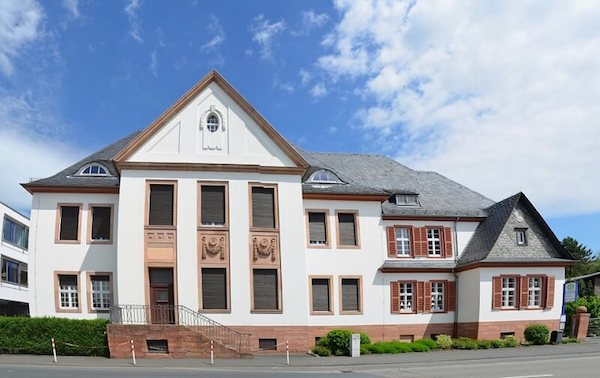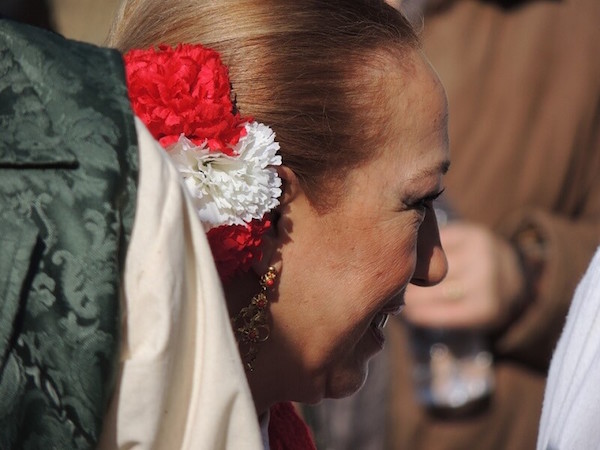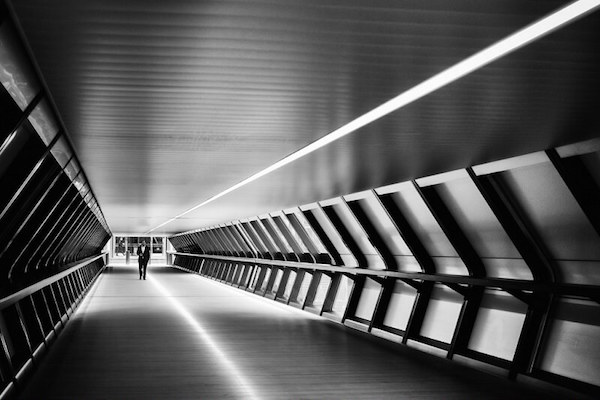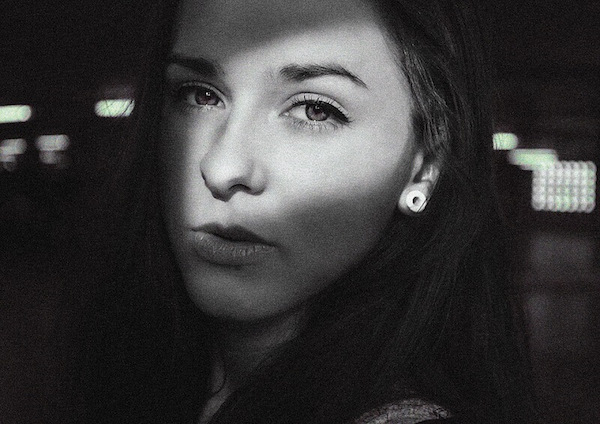Photography is both knowledge and art. While it is true that you need a little bit of talent to create beautiful works of art, taking amazing pictures can also be learned. Furthermore, shooting wide-angle images can be tricky. Follow the tips listed below and improve your photography skills.

What Is a Wide-Angle Photography?
To be able to shoot wide-angle portraits, you should use a proper lens. While this specific lens is great when taking pictures of landscapes, panoramic views, and even architecture, you can also use it successfully to shoot portraits.
To be more precise, a wide-angle lens has a focal length equal to 35mm or even less. Furthermore, there are also ultra-wide angle lenses which can have less than 24mm when it comes to its focal length. All wide-angle lenses can be bought at fixed focal lengths, from 14mm to 35. The most common and frequently met wide-angle lenses have between 14 and 28mm.
If you want to get extra creative you can use an ultra-wide-angle lens. However, this type of lens makes the pictures have a certain fisheye effect, making them more distorted and spherical.
There are some differences between a fisheye lens and a wide one. To begin with, a fisheye lens is a type of ultra-wide angle lens that creates powerful visual distortions. This effect is intentional, and it is used to capture hemispherical images.
Main Tips On How to Create Amazing Wide-Angle Portraits
Avoid Distortion

You should make sure that you are holding the camera in a straight position. If you keep this recommendation in mind, then your wide-angle lens will have no problem in creating both vertical and horizontal lines, in a more professional way.
Because of their focus on wide images, this type of lens can create distortion angles. For example, you can easily see this effect when the lines that should normally be straight, appear as being bent. This is why, it is very important to keep your camera in line with the horizon, to avoid further corrections.
However, there are times when photographers really want to include the distortion effect as an artistic element of their pictures. This is quite a subjective topic because it varies from one photographer to another, depending on their views and perceptions. While this effect can be a great emphasizer when shooting landscapes, it is not really recommended when it comes to portraits.
Keep the Foreground in Mind

Although this is a something you should consider especially when taking landscape pictures, it can also help you to create wide-angle portraits. However, you have to capture something interesting and attractive as the background. All photographers have the same goal which is to communicate different emotions to the viewers.
Therefore, all the elements of an image should bring its input to creating these emotions. It is true that a picture’s composition has main and secondary focus points. However, they all help to create the story behind the visual creation. On the other hand, if you use the foreground in an improper way, all you will achieve will be distracting clutter.
The human’s face that you are capturing in your picture must be the focal point of the entire image. Though, you should be aware not to include too much space in the picture because it can become boring for the viewer. A strong foreground can boost the image’s visual impact.
Environmental Portraiture

When it comes to the background, you should consider the concept of environmental portraiture. Using wide-angle lenses, you will be able to create beautiful portraits but also include an interesting surrounding in your picture.
Using this technique gives you the opportunity to create a story and send the desired message to your viewers. It is commonly used by photographers who specialize in portraits and fashion shootings. Instead, of giving the background a blurred aspect, you can make it as clear as you can, this way creating a more attractive picture.
Compared with telephoto lenses, wide-angle ones provide a deeper focus or, as professionals call it, a more depth of field.
Use Lines to Create a Powerful Composition

Using lines in a creative way can be a strong tool to produce more than one focus points. Using a wide-angle lens will help you emphasize the sense of scale and empowers the existing lines of your picture. Moreover, after you gain some experience, it will be easier for you to discover the use of lines in your photography and it will help you take dramatic pictures.
This is a strong method that you can use in your photography compositions. Lines enhance an image’s impact in two different ways. Firstly, they help create the desired mood. Secondly, lines lead the eye of the viewer throughout the entire picture.
Horizontal lines create a frozen image. They can boost the contrast with a moving object. Vertical lines offer a sense of stability and peace. Whether you capture the tranquility of a forest, or you emphasize the vertical lines of buildings, using this technique can truly improve your results.
Take into Consideration Converging Lines

This technique will provide a more dramatic effect of the picture. Although it is a very good method to consider when taking pictures of buildings, it also comes in handy when you create unique portraits.
An interesting tip when it comes to converging lines is to hold the camera a little bit inclined backward. This way you will boost the effect and create interesting and original images. Furthermore, converging lines have the purpose of leading the viewer’s attention.
However, when using converging lines, you must make sure that they follow the main focus point in the whole image. Another thing to pay attention to is not to capture lines which point outside of the picture.
The Human Element

When you take portraits, the way you capture humans in them is the most important thing to consider. Furthermore, you can enhance the viewers’ attention by placing someone you want to photograph in an interesting landscape.
You can even place your subject’s face in a closer frame. This way, you will create a powerful contrast and an additional sense of mystery. A great effect can be created by placing some other people in the background, on a far frame, while you ask your main subject to stay still throughout the entire photo shoot. Meanwhile, the subjects in the back can feel free to move around. This way, you will emphasize the mystery effect by creating a slightly blurred background.
Frame The Shot

You can use your wide-angle lens to frame the subject in an interesting way. If you do not want to spend money on props to create framings, you can simply take the pictures in front of doors, windows, and other items. You can even let your imagination fly freely and find original outdoor places that can be used as framing lines.
Framing the shot has plenty of benefits:
- It gives the photo a certain context.
- It offers the picture a layered aspect as well as a sense of depth.
- Leads the viewer’s eye to the main focal point.
- It provides an overall intriguing feeling to the viewer.
Nowadays, you can capture a decent picture using only a smartphone or any other gadget or device. However, professional photographers should not worry. Smartphones won’t replace digital cameras.
Common Mistakes When Using a Wide-Angle Lens
- All the elements captured in the picture are placed at the same distance from the camera. To create beautiful portraits, you need to play with different angles to increase the dramatic effect. To take amazing photos you should give more depth as well as perspective to your images.
- Not having a clear focus point can ruin your pictures. You have to get as close as needed to the subject, it will start to gain more attention and it will give another structure to the image.
- Too much going on in your picture. Even though the main focus of your portrait is the human that you are photographing, you can also add some other things in the background, for example. However, pay attention not to squeeze too many things in the same picture. Less is more. Simpler pictures have greater
- Taking unflattering pictures. Don’t create pictures that are not flattering for their subjects. You can avoid doing this by not sticking the lens right in the face of your photography model.
All in all, when taking wide-angle portraits, you should take into consideration several factors like the ones described above. In the same time, you should avoid some mistakes that might ruin your pictures and might decrease the quality of your work.
Image source: 1, 2, 3, 4, 5, 6, 7, 8
Author Bio
Mike Jones is a Boston University graduate, with an MS in Mass Communication. He is a full-time writer, passionate about entertainment and photography.
